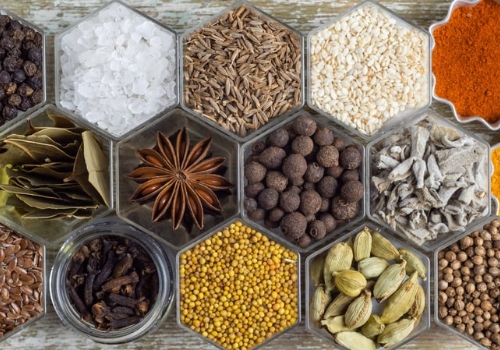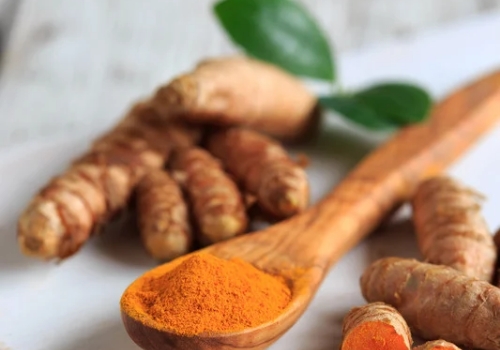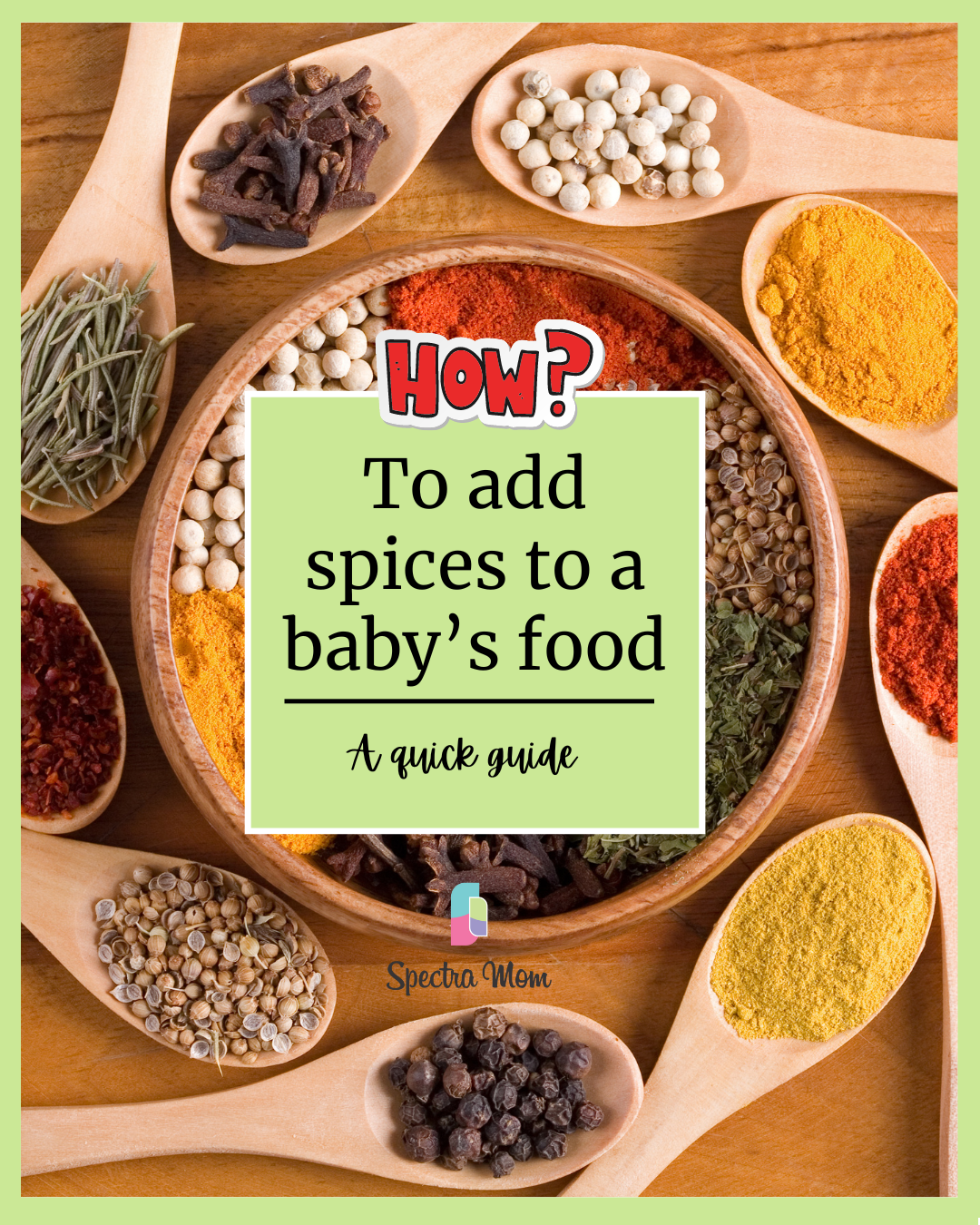Spices are an integral part of Indian food and including them in part of your infant’s food early on has many advantages. So it is high time we understand our spices better so we add the right ones in our baby’s food.
However, if you are overthinking on when & how to include spices, this blog is here to help you out!

When to start introducing spices?
In Indian Households, we usually start adding low-heat spices around 6-7 months only in Indian households.
As quoted in a blog by Global News ‘Unless your baby reacts to any spice, there is no reason why you can’t introduce a hint of spice from six months.”
Why should you introduce spices?
- Help open up kids to different cuisines or your staple recipes.
- Each spice has unique health benefits
- Spices are a great way to help your baby transition to family foods.
- Encourage a more adventurous eater

What Spices to introduce and how?
Here’s a quick run through of everyday Indian spices and how to add them to your baby’s diet –
Turmeric
Turmeric is an essential in our Indian meals.
- You can start adding a small pinch of it to dal, sambhar, and vegetable subzis for your toddlers.
- For older toddlers, a small pinch of turmeric can be added to a glass of milk in case they have a cold or cough.
Health Benefits –
- Aids in digestion
- Strengthens the immune system
- Reduces asthma and allergic reactions
- Relieves respiratory congestion

Coriander powder
- You can start adding a small amount of coriander powder to curries, and cooked vegetables.
Health Benefits:
- Prevents and reduces gastric disturbances.
- Is an antioxidant.
- Also acts as an antimicrobial agent
Cumin
- Add a small amount to dal, rasam, sambhar, chutney, curries, sabzis, and non-vegetarian dishes.
Health Benefits:
- Treats intestinal worms
- Treats colic
- Fights respiratory issues
- Strengthens immune system
- Is an anti-inflammatory agent.
Cinnamon–
- Sprinkle some on your baby’s oatmeal, mashed banana, or squash.
Health Benefits
- Is rich in antioxidants.
- Good for the mood.
- Can help ward off bacterial infections.

Nutmeg
- Add to sautéed spinach and vegetable dishes with zucchini, squash, and pumpkin. You can also add it to pumpkin pie spice and muffins and scones.
Health Benefits
- Nutmeg has been touted for centuries as a natural sleep aid.
- Helps detoxify the body and blood.
Ginger-
- Grate a pinch of fresh ginger to add to fruit purees such as peach, plum, or prune.
- Ginger powder can also be used in warm cereals and baked goods.
Health Benefits:
- Helps calm tummy problems from bloating to gas.
- Anti-inflammatory properties
Garlic:
- You can use finely chopped or grated garlic for tempering baby foods like soups, khichri and dal.
Health Benefits
- Garlic keeps the common cold at bay.
- Boosts immunity
- Helps in getting rid of harmful intestinal worms.
- Garlic gives an aroma to the dish, which most babies enjoy after they get used to it.
Carom seeds:
- Roasted and powdered carom seeds can be added to porridge, khichdi or any other baby food.
Health Benefits
- Helps in the treatment of cold and cough.
- Eases digestion and colic pain.
- Helps cure diarrhoea.
Fenugreek:
You can season your baby’s food with the pungent fenugreek or methi.
Health Benefits
- Fenugreek is good for your baby’s digestion and helps prevent infections.
- It also promotes hair growth and keeps stomach disorders at bay.
Asafoetida
- Mix hing with lukewarm water, ghee, and milk, and do not add more than a pinch in your baby’s meals.
- Avoid letting infants under the age of 10 months directly eat, chew, swallow, or gulp down Hing. At this moment, their digestive systems are undeveloped and unable to process the spice.

Things to keep in mind :
- Avoid very hot spices like chilli, cloves etc.
- It may be beneficial to use aromatic spices first, and allow the child to experience those flavours first, before adding small amounts of hot spices.”
- Remember to go easy and keep an eye out for any sensitivities. Slow and easy, with close monitoring is the way to take your baby on a culinary adventure with spices.

Hope this blog helps you. Do drop in any questions in the comments!
Follow me on Instagram @spectra_mom for more Blogs & content around parenting tips & motherhood!

